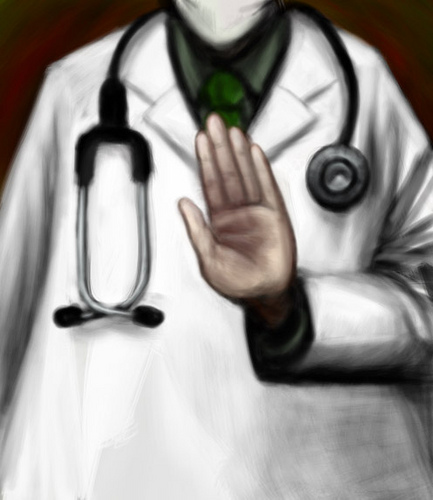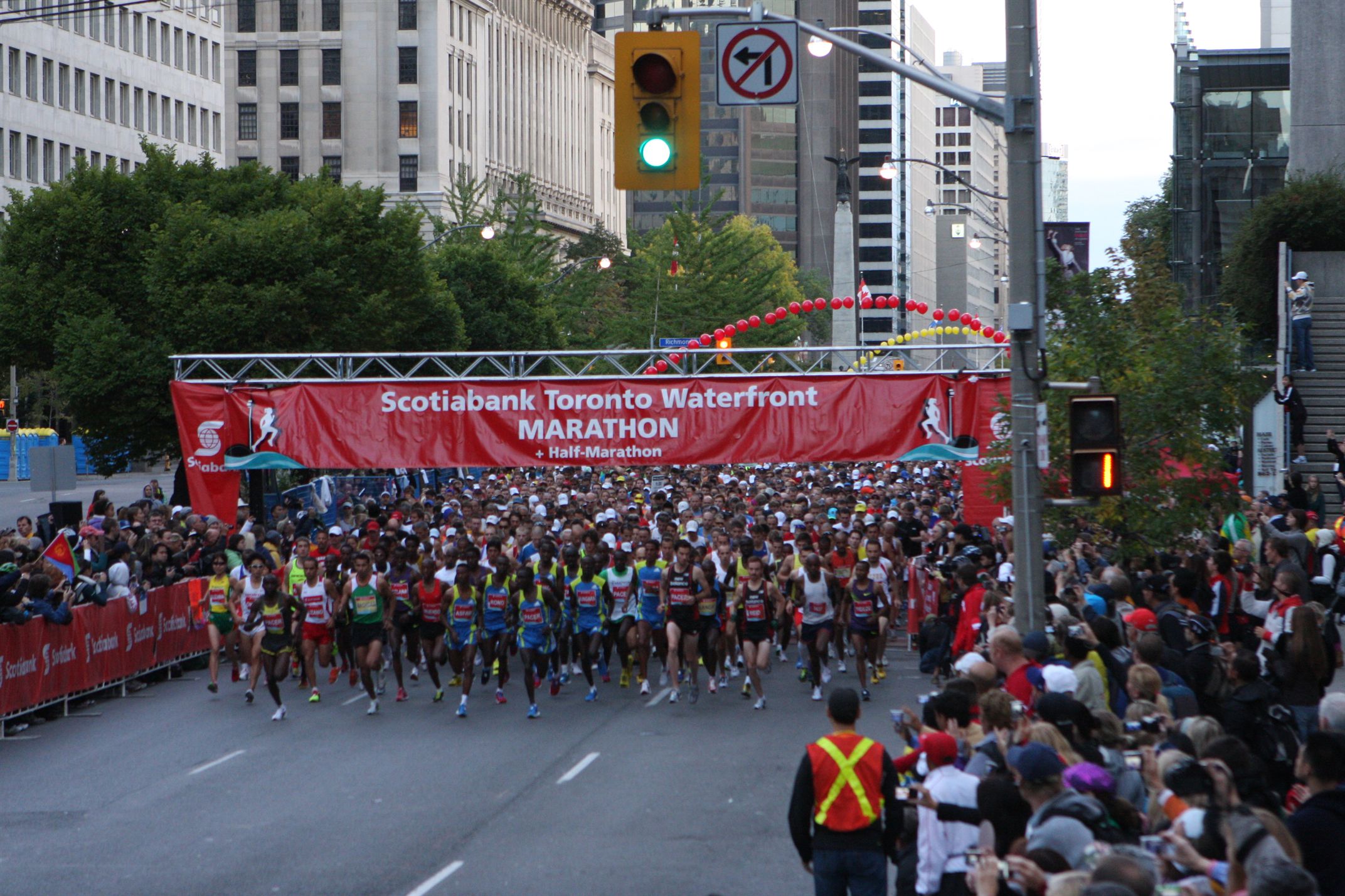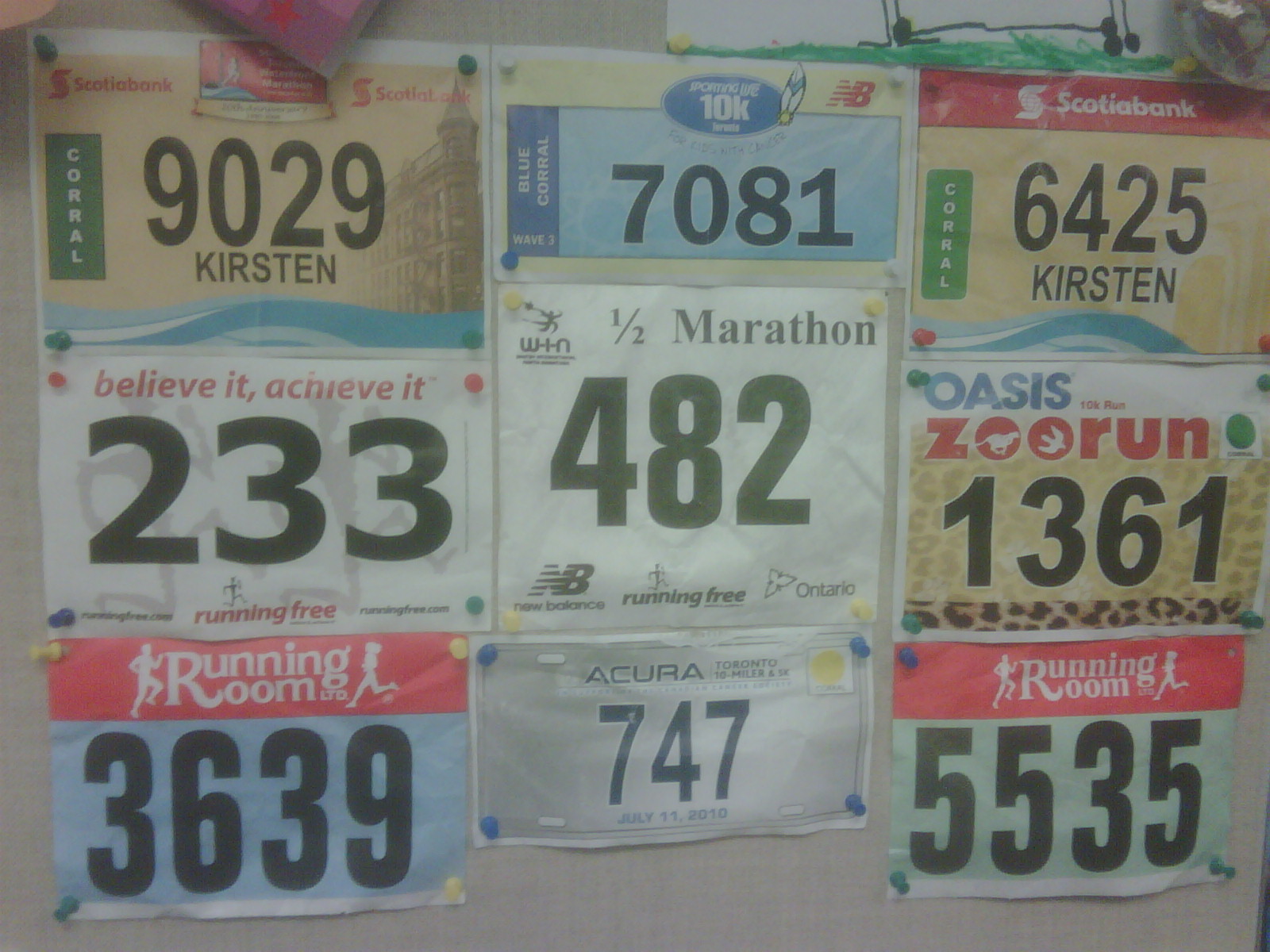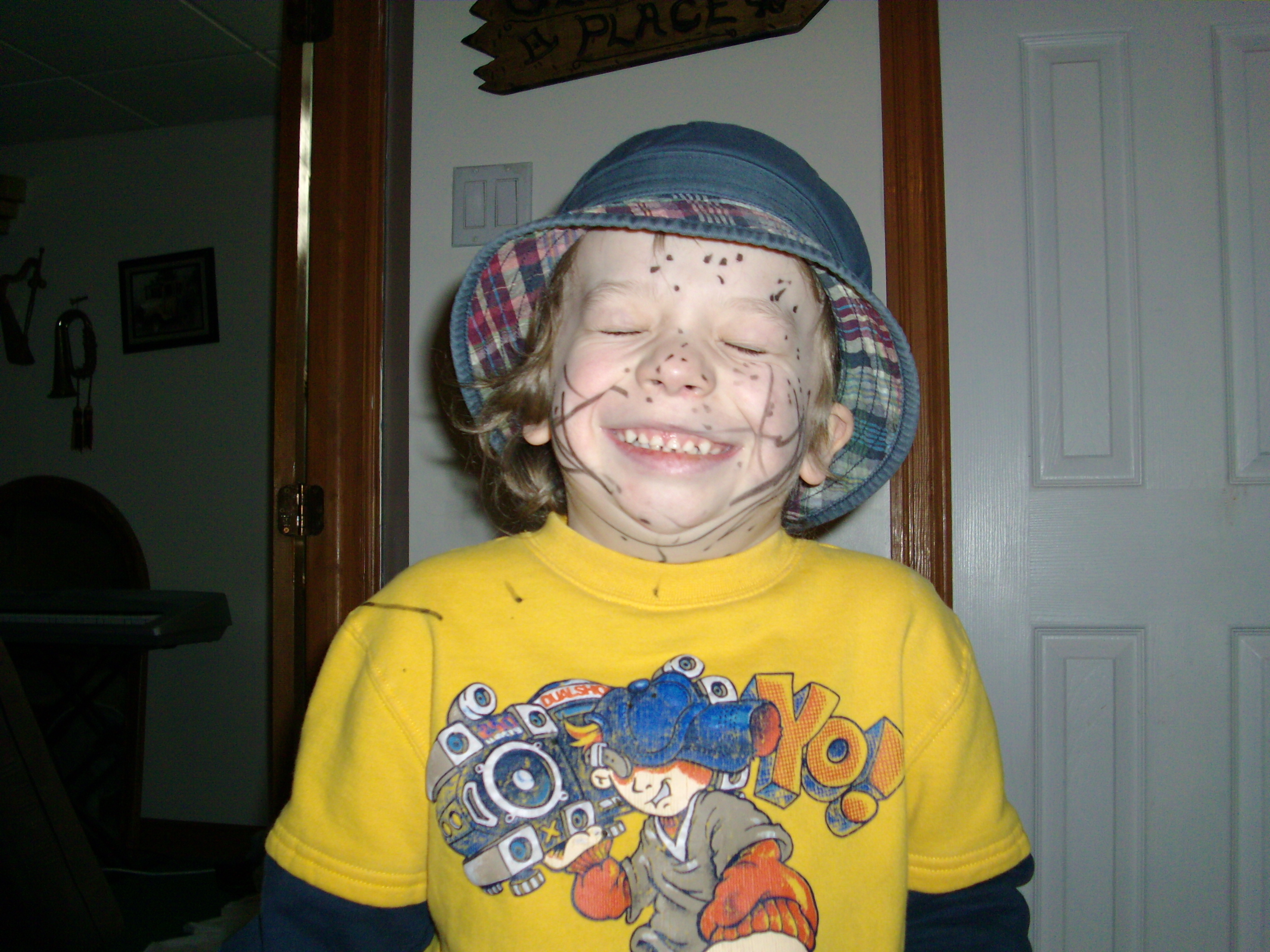I am participating in the Health Activist Writers Month Challenge, in which I publish a post every day for the month of April, based on health-related prompts.
April 17 – Learned the hard way: What’s a lesson you learned the hard way? Write about it for 15 today.
I first started having doubts about our family doctor when he kept telling us that there was nothing that could be done about my husband’s sciatica. It was a very disappointing thing to hear: although not a life-threatening condition, sciatica had been giving my husband a whole new kind of agony for a couple of years, and now we were hearing that he would have to live with it for the rest of his life.
It seemed improbable. What about physiotherapy, or if we were really pressed, surgery? What about a simple MRI scan or a referral to a specialist?
But my husband’s family had been seeing this doctor for years, and they seemed to have complete faith in him. My husband was resistant to my suggestions to see another doctor.
A few months later, when I was hugely pregnant, I took my older son to the same doctor for his two-year check-up. All of the vital signs looked good. George was in healthy percentiles for both height and weight and he was not showing any signs of illness.
With the main purpose of the visit accomplished, I said to the doctor, “George isn’t talking.”
Indeed, George wasn’t talking. The only words that he used in a contextually appropriate way were milk, juice and jump. Like all new parents, I had practically memorized the developmental checklists, and I knew that George should be doing far more at this age.
The doctor asked a few questions, and then agreed that George did indeed seem to be delayed in his speech.
“But,” said the doctor, “The range of normal development is so broad, particularly where boys are concerned. I will give you some speech exercises to do with him at home, and we will see where we are in a year’s time.”
Every instinct I had was telling me that the doctor was wrong, that waiting was not the thing to do. I knew, had known on some level since George was an infant, that there was something wrong.
Instead of trusting my instincts, I listened to the doctor. I did the speech exercises with George, hoped against hope that he would simply open his mouth and talk one day, and then felt extremely guilty when he didn’t improve. Had I not done the speech exercises right? If I had spent more time on it would I have seen results?
At George’s three-year check-up I finally got a referral for a developmental assessment. When the autism diagnosis came in, all I could think of was how the doctor had told us to wait, and worse, how I had listened to a man I already had reservations about.
I thought about the year that George had lost because of this. The year of speech therapy and other autism-related interventions.
The guilt just about killed me.
And I swore that I would never, ever go against my “mother’s intuition” again.
(Photo credit: http://www.flickr.com/photos/truthout/3901813960/. This picture has a creative commons attribution license.)













